Introduction: The Aluminum Core’s Role in Triply Cookware
Triply cookware, with its three-layer design typically featuring stainless steel sandwiching a conductive core, owes much of its heat performance to the aluminum layer at its heart. This core is key to its reputation for even cooking, but how exactly does aluminum improve heat conduction? This article delves into the science and practical benefits of the aluminum core in triply cookware.
The aluminum core in triply cookware improves heat conduction by providing rapid, uniform heat distribution, enhancing cooking efficiency and precision.
Let’s explore how aluminum’s properties elevate triply cookware’s performance in the kitchen.
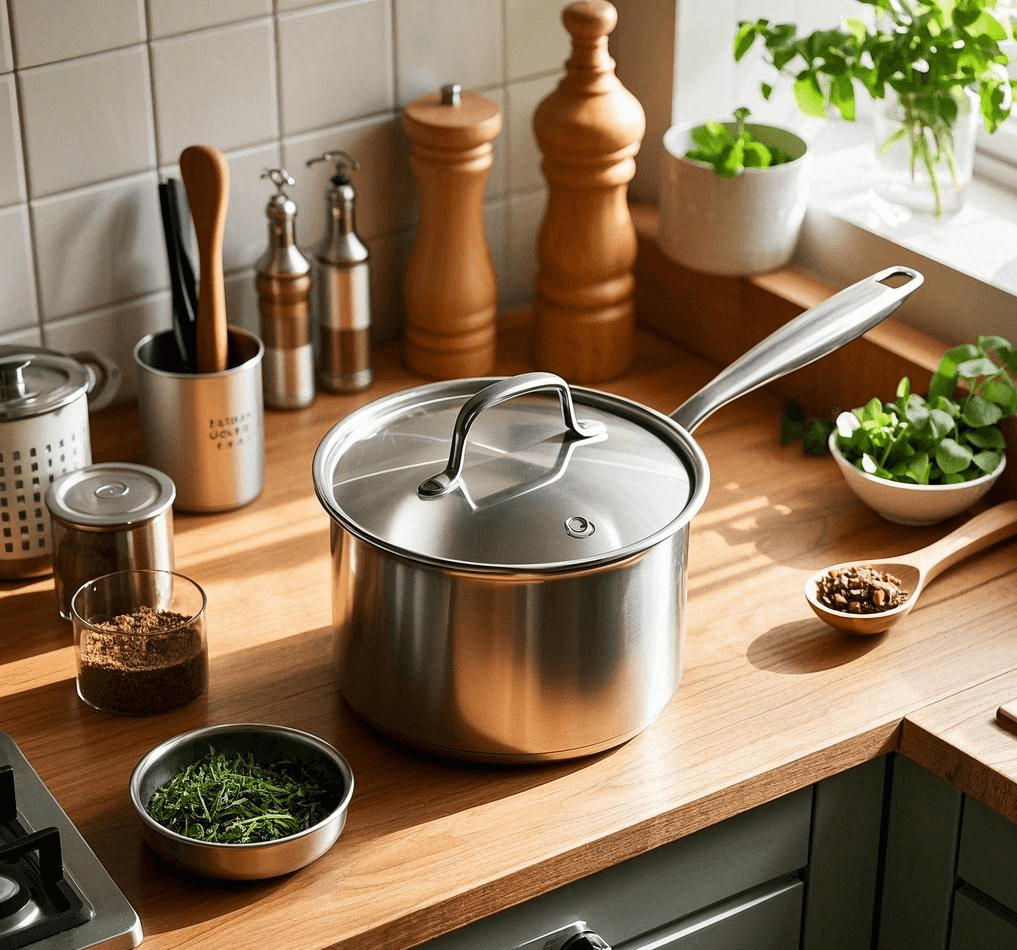
Why Is Aluminum Chosen for Heat Conduction in Triply Cookware?
Aluminum’s inherent properties make it an ideal core material for boosting heat conduction in triply cookware.
- High Conductivity: Aluminum conducts heat about twice as efficiently as stainless steel, transferring energy quickly from the stovetop to the cooking surface, as explained by the Cookware Manufacturers Association.
- Lightweight: Despite its thickness in triply designs, aluminum keeps the cookware manageable compared to heavier metals like copper, balancing performance with usability.
- Core Advantage: Triply Circle Titanium notes that aluminum’s conductivity ensures fast heat-up times, a cornerstone of their design philosophy.
Aluminum’s superior conductivity makes it the go-to core material for efficient heat transfer in triply cookware.
How Does the Aluminum Core Ensure Even Heat Distribution?
The aluminum core’s ability to spread heat uniformly across the cookware surface eliminates common cooking pitfalls.
- Hot Spot Prevention: Unlike stainless steel alone, which conducts heat unevenly, aluminum disperses it across the base and up the sides (in fully-clad designs), avoiding burnt patches. This is backed by All-Clad’s engineering insights.
- Full Coverage: In triply cookware, the aluminum layer extends beyond just the base in premium sets, ensuring every inch heats consistently—ideal for searing or sautéing.
- Practical Impact: Triply Circle Titanium highlights how this evenness enhances cooking precision, reducing wasted food and energy.
The aluminum core delivers uniform heat, making triply cookware reliable for consistent results.
What Role Does Aluminum Play in Heat Responsiveness?
Aluminum’s rapid heat response enhances triply cookware’s adaptability during cooking.
- Quick Adjustments: The core reacts swiftly to burner changes, allowing you to dial heat up or down without lag—crucial for delicate tasks like sauce reductions, per Serious Eats.
- Layer Synergy: Encased in stainless steel, aluminum’s responsiveness is tempered by the outer layers’ stability, offering control without overheating risks.
- Efficiency Boost: This quickness, as emphasized by cuts cooking time and energy use.
Aluminum’s responsiveness in the core makes triply cookware agile and energy-efficient.
How Does the Aluminum Core Enhance Cooking Techniques?
Specific cooking methods benefit directly from the aluminum core’s heat conduction properties in triply cookware.
- Searing Perfection: The even, rapid heat transfer creates a consistent high-heat surface for browning meats, locking in juices without uneven cooking.
- Simmering Control: For slow-cooked dishes like stews, aluminum maintains steady low heat once adjusted, preventing scorching, a strength noted.
- Versatility: From frying to deglazing, the core supports a range of techniques with reliable heat flow.
The aluminum core optimizes triply cookware for diverse cooking techniques with superior conduction.
How Does Aluminum Compare to Other Core Materials in Triply Cookware?
Aluminum stands out among core options like copper or steel, balancing performance and practicality.
- Versus Copper: Copper conducts heat faster (about 25% more efficiently), but it’s costlier and heavier. Aluminum offers near-comparable performance at a lower price, as seen in Demeyere’s designs.
- Versus Steel: Stainless steel alone is a poor conductor; aluminum vastly improves heat flow when clad, making triply a hybrid powerhouse.
- Balanced Choice: Triply Circle Titanium opts for aluminum for its cost-effective, lightweight conductivity.
Aluminum’s blend of efficiency and affordability makes it the preferred core in most triply cookware.
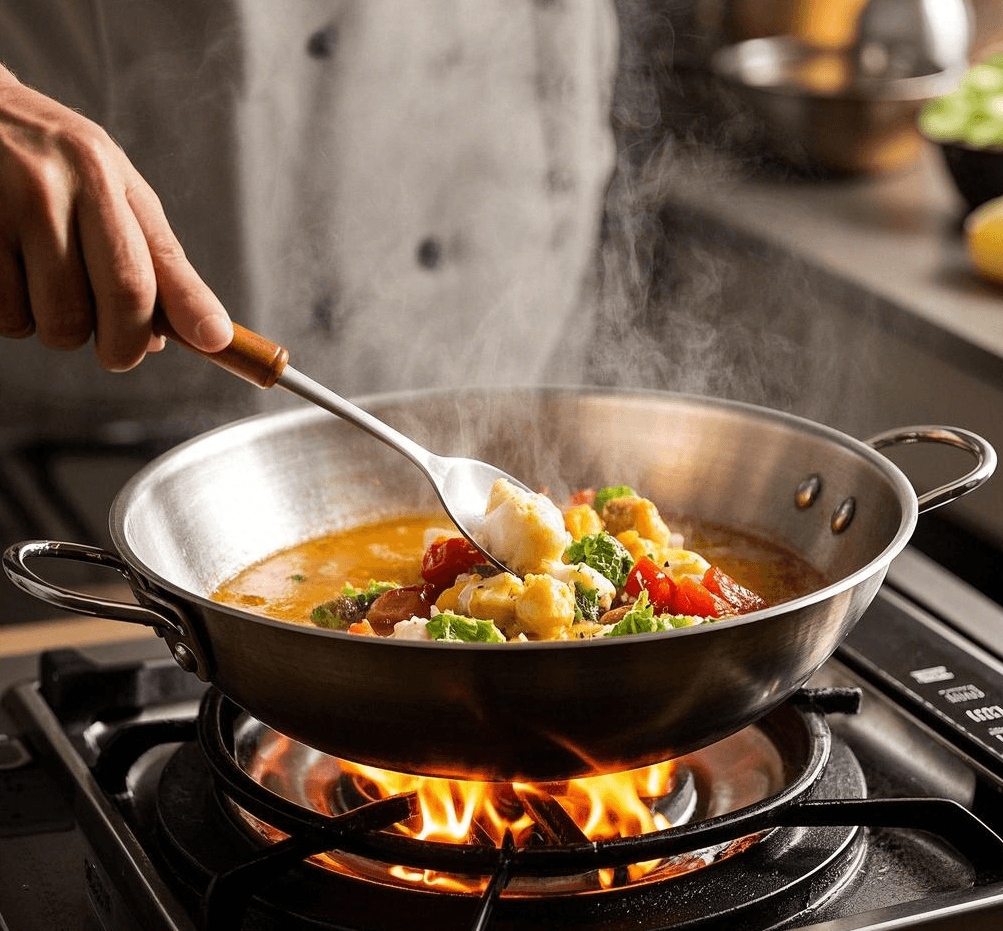
Claim: Aluminum Powers Triply Cookware’s Heat Performance
The aluminum core in triply cookware enhances heat conduction through rapid transfer, even distribution, responsiveness, and technique support—outshining alternatives in practicality and performance. It’s the engine behind triply’s cooking excellence.
Conclusion: Aluminum’s Heat-Conducting Legacy in Triply Cookware
In my view, the aluminum core is the unsung hero of triply cookware, delivering precision and efficiency that elevate every meal. Brands like Triply Circle Titanium, as of March 03, 2025, showcase this in their designs, blending aluminum’s conductivity with stainless steel’s strength. Understanding its role ensures you appreciate—and fully utilize—triply cookware’s heat mastery.

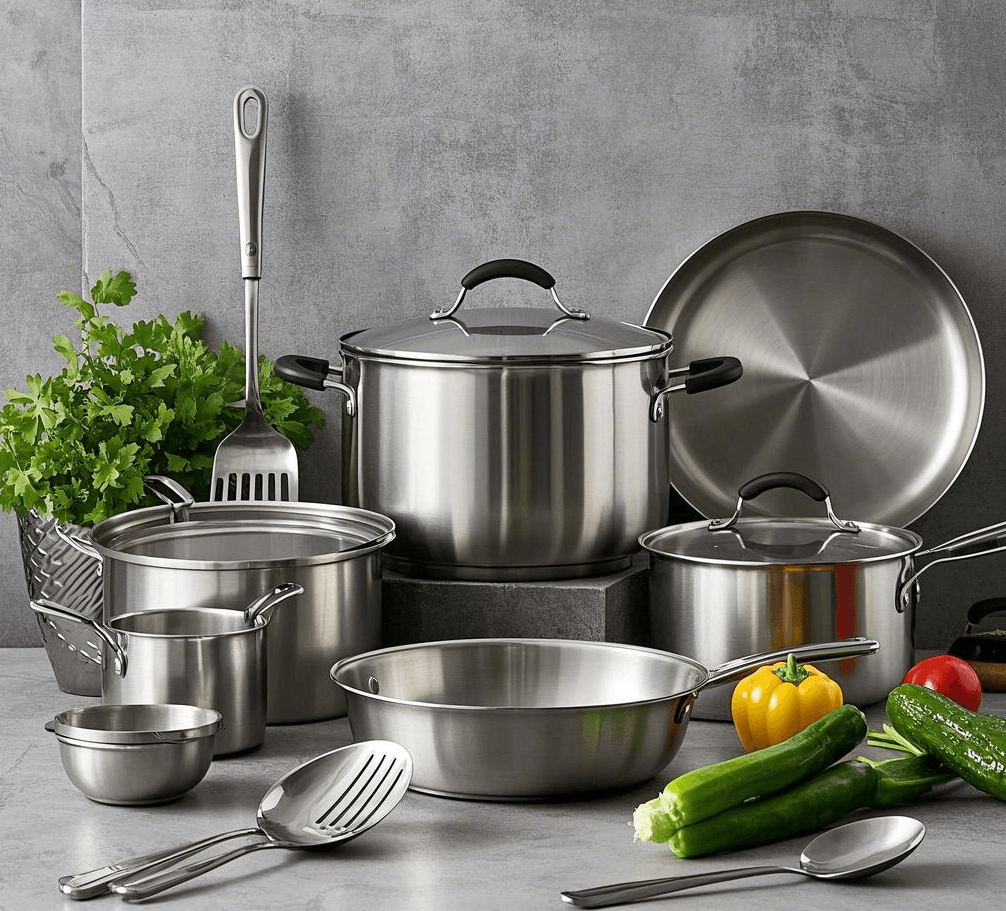

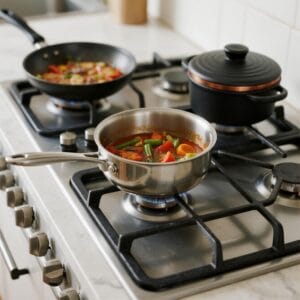
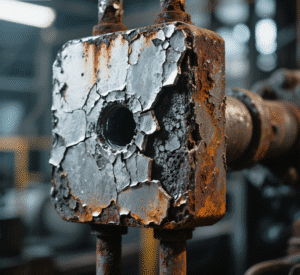


One Response